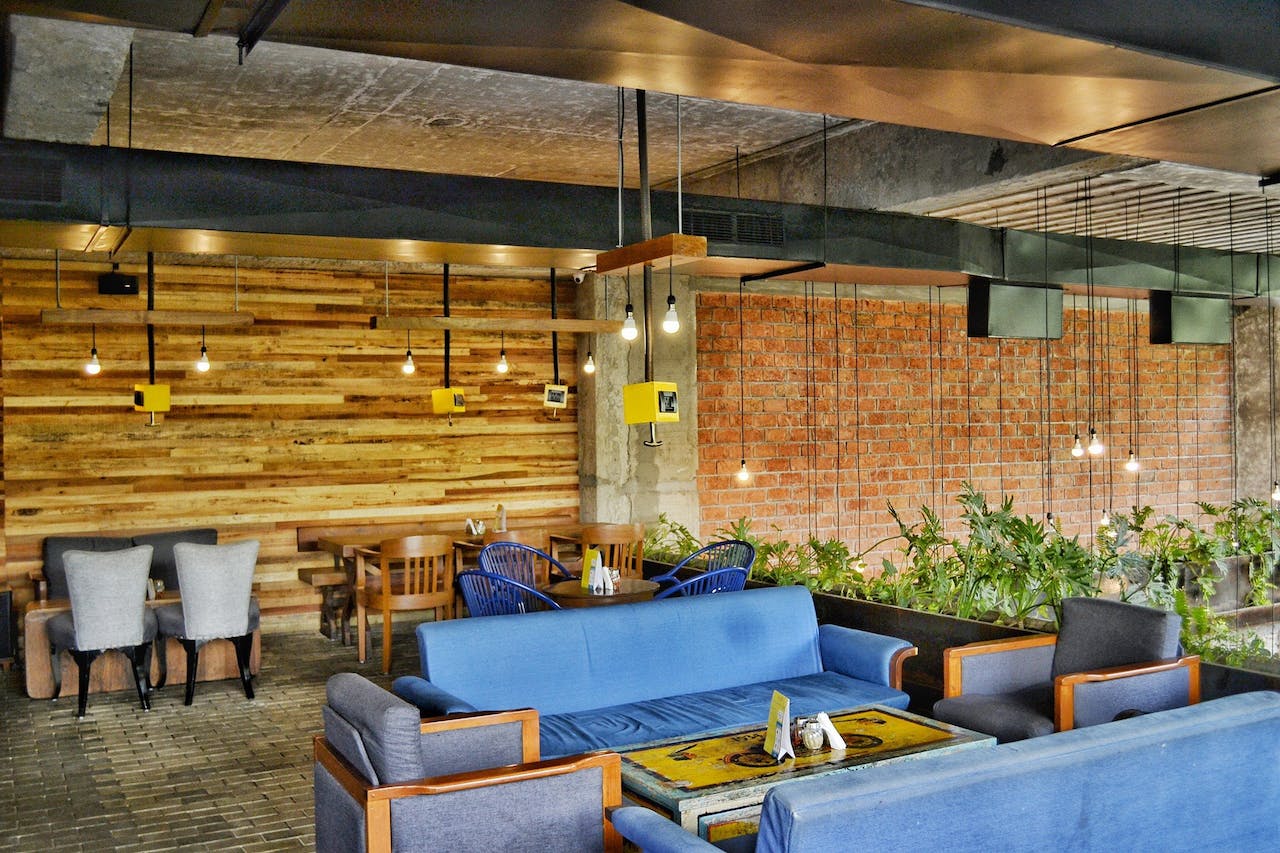Flexible Workspace in the Modern World
Flexibility has become a paramount concern in the ever-evolving landscape of the modern workplace. Traditional office structures are giving way to more dynamic and adaptable workspace environments that cater to employers’ and employees’ evolving needs and preferences. This shift toward flexible workspaces is not only reshaping the way we work but also redefining the concept of the office itself. This article will explore the idea of flexible workspace environments, their benefits, and their impact on the modern world.

The Changing Nature of Work
The traditional 9-to-5 office model, with fixed desks and rigid schedules, is increasingly becoming a relic of the past. Rapid advancements in technology, the rise of the gig economy, and changing employee expectations have all contributed to the transformation of work dynamics.
Flexibility is at the core of this transformation, and it manifests in various ways:
1. Remote Work: The ability to work from anywhere with an internet connection has allowed employees to choose their work environment. Remote work has become especially prevalent in recent years, with many companies embracing it as a permanent or hybrid solution.
2. Freelancing and Gig Work: The gig economy has boomed, with more individuals opting for freelancing and short-term contract work. This shift has created a need for flexible workspaces that accommodate freelancers and independent professionals.
3. Collaboration and Innovation: Companies increasingly recognize the importance of collaboration and innovation in the workplace. Flexible environments like coworking spaces can encourage interaction and idea exchange, replacing traditional cubicle-based offices.
Benefits of Flexible Workspace Environments
Flexibility in workspace environments offers a wide array of benefits for both employees and employers. Let’s explore some of the key advantages:
1. Improved Work-Life Balance: Flexible work arrangements allow employees to balance their work and personal lives better. This leads to increased job satisfaction and reduced burnout.
2. Increased Productivity: Many employees report higher productivity when choosing their work environment. Some find they are more focused and efficient when working from home, while others thrive in coworking spaces or collaborative offices.
3. Cost Savings: Flexible work arrangements can lead to significant cost savings for employers. Companies can reduce overhead costs related to maintaining large office spaces and utilities.
4. Attraction and Retention: Offering flexible work options can make a company more attractive to top talent. It also helps retain employees who value flexibility and autonomy.
5. Enhanced Creativity: Collaborative and flexible environments often increase creativity and innovation. When employees have opportunities to interact with colleagues from diverse backgrounds, ideas flow more freely.
Types of Flexible Workspace Environments
Flexible workspace environments come in various forms, each catering to specific needs and preferences. Some of the most common types include:
1. Coworking Spaces: These shared office spaces are popular among freelancers, startups, and remote workers. Office space for rent in coworking spaces offers flexibility and a collaborative atmosphere for professionals seeking dynamic work environments. They provide a communal setting where individuals can work independently and access amenities like meeting rooms, networking events, and coffee bars.
2. Hybrid Offices: Hybrid offices combine traditional spaces with flexible arrangements. Employees may have access to a dedicated desk or office for focused work and shared rooms for collaboration and meetings.
3. Remote Work: Working from home or another remote location is the ultimate form of flexibility. With the right tools and technology, employees can stay connected and productive from virtually anywhere.
4. Hot Desking: Employees must have assigned seats in hot desking environments. They can choose from available desks or workstations each day. This encourages interaction and allows for a more dynamic workspace.
5. Activity-Based Working: Activity-based working environments are designed around different tasks and activities. Employees can choose spaces that suit their specific work needs, whether quiet focus, collaboration, or relaxation.
Challenges and Considerations
While flexible workspace environments offer numerous advantages, they also come with challenges and considerations that both employers and employees should address:
1. Connectivity: Reliable internet access is essential for remote work and many flexible arrangements. Employers must ensure that employees have access to the necessary technology and support.
2. Security: Remote work can pose cybersecurity risks. Employers need to implement robust security measures to protect sensitive data and information.
3. Communication: Maintaining effective communication can be challenging in flexible environments. Employers should establish clear communication protocols and tools to keep teams connected.
4. Work-Life Balance: While flexible work can enhance work-life balance, it can blur the lines between work and personal life. Employees should establish boundaries and routines to maintain balance.
5. Culture and Collaboration: Maintaining company culture and fostering collaboration can be more challenging in remote or flexible work settings. Employers should prioritize team-building activities and opportunities for interaction.
The Future of Work
As we move into the 21st century, flexible workspace environments are poised to become the norm rather than the exception. The COVID-19 pandemic accelerated this shift, forcing many companies to adapt quickly to remote work and flexible arrangements.
A blend of in-office, remote, and hybrid work models will likely characterize the future of work. Employers must embrace flexibility and invest in technologies that support these new work paradigms. Moreover, individuals must cultivate self-discipline, adaptability, and practical communication skills to thrive in this evolving landscape.
Flexible workspace environments have emerged as a driving force in the modern world of work. They offer numerous benefits, including improved work-life balance, increased productivity, and cost savings. However, they also present challenges related to connectivity, security, and maintaining a sense of company culture. As the future of work continues to evolve, adaptability and innovation will be vital to harnessing the full potential of flexible work arrangements.




